Home>Gardening & Outdoor>Landscaping Ideas>Why Is My Grass Light Green And Dark Green
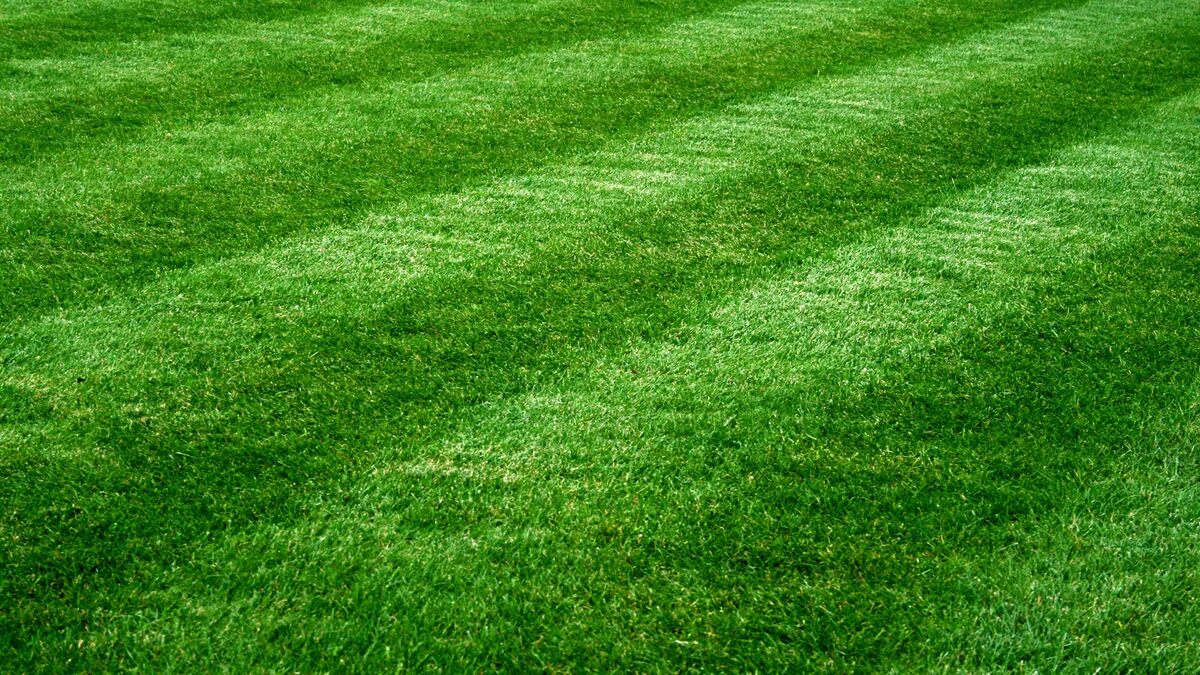

Landscaping Ideas
Why Is My Grass Light Green And Dark Green
Modified: March 24, 2024
Discover expert landscaping ideas to address light green and dark green grass, and transform your lawn with our practical tips and solutions. Achieve a lush, vibrant green lawn today!
(Many of the links in this article redirect to a specific reviewed product. Your purchase of these products through affiliate links helps to generate commission for Storables.com, at no extra cost. Learn more)
**
Introduction
**
When it comes to maintaining a lush, vibrant lawn, the color of the grass is a key indicator of its health and vitality. However, it's not uncommon for homeowners to notice variations in grass color, ranging from a light, almost yellowish green to a deep, rich shade of green. Understanding the factors that contribute to these differences can provide valuable insights into the overall well-being of your lawn.
Grass color is not solely an aesthetic concern; it can also serve as a visual cue for underlying issues such as nutrient deficiencies, environmental stress, or even overactive growth. By delving into the nuances of light green and dark green grass, we can uncover the potential causes behind these variations and explore effective strategies for achieving a consistently vibrant lawn.
In the following sections, we will delve into the intricacies of grass color, examining the factors that influence its appearance and the underlying reasons for both light green and dark green hues. By gaining a deeper understanding of these nuances, homeowners can take proactive steps to enhance the health and visual appeal of their lawns.
Key Takeaways:
- Grass color reflects the health of your lawn, with light green indicating nutrient deficiencies and environmental stress, while dark green signifies optimal nutrition and care practices.
- Improving grass color involves addressing nutrient deficiencies, soil health, strategic lawn care, and environmental factors, fostering vibrant, lush green lawns.
Read more: Why Is My Grass Light Green
Understanding Grass Color
Grass color is a reflection of its overall health and vitality, serving as a visual indicator of various environmental and biological factors. The green pigment in grass, known as chlorophyll, plays a pivotal role in photosynthesis, the process through which plants convert light energy into chemical energy to fuel their growth and development. The depth and vibrancy of the green hue in grass can provide valuable insights into the efficiency of this fundamental process.
Furthermore, the color of grass can be influenced by a range of factors, including environmental conditions, nutrient availability, and overall lawn care practices. Understanding the underlying mechanisms that contribute to variations in grass color is essential for diagnosing potential issues and implementing targeted solutions to promote optimal lawn health.
Grass color can be categorized into various shades, ranging from light green to dark green, with each hue hinting at specific conditions and requirements. By discerning the nuances of these color variations, homeowners can gain a deeper appreciation for the intricacies of lawn care and make informed decisions to support the long-term well-being of their grass.
As we explore the causes and remedies for light green and dark green grass, it is crucial to recognize the dynamic interplay of biological, environmental, and horticultural factors that contribute to the overall color and vitality of the lawn. By embracing this holistic perspective, homeowners can cultivate a deeper connection with their outdoor spaces and foster thriving, visually captivating lawns.
Causes of Light Green Grass
Light green grass can be indicative of various underlying issues that warrant attention and remediation. One common cause of light green grass is nutrient deficiency, particularly a lack of nitrogen, which is essential for chlorophyll production and overall plant vigor. When grass is deprived of sufficient nitrogen, its growth and color may appear stunted, resulting in a pale, lackluster hue. Inadequate nitrogen levels can stem from factors such as infrequent fertilization, leaching due to excessive rainfall, or poor soil quality.
Furthermore, soil pH imbalance can contribute to light green grass, as excessively acidic or alkaline conditions can hinder the absorption of essential nutrients by the grass roots. This can impede chlorophyll synthesis and lead to diminished green coloration. Additionally, compacted soil, which restricts root growth and nutrient uptake, can manifest as light green grass due to the plant’s inability to access vital resources for robust growth.
Environmental stressors, such as excessive heat, drought, or inadequate sunlight, can also result in light green grass. Prolonged exposure to high temperatures and water scarcity can place significant strain on grass, causing it to adopt a lighter hue as a survival mechanism. Similarly, inadequate sunlight due to shading from structures or trees can impede photosynthesis, leading to diminished chlorophyll production and, consequently, light green grass.
Moreover, certain grass species are naturally inclined to exhibit a lighter green color, and their genetic predisposition can contribute to the overall appearance of the lawn. Understanding the specific characteristics of the grass variety in question can offer valuable insights into its typical coloration and potential requirements for optimal growth.
By recognizing the multifaceted causes of light green grass, homeowners can take targeted measures to address underlying issues and restore the lush, vibrant color of their lawns. From soil amendments and proper fertilization to strategic lawn care practices, a proactive approach can yield significant improvements in grass color and overall lawn health.
Tip: Light green grass may indicate a lack of nitrogen, while dark green grass may be a sign of too much nitrogen. Test your soil and adjust fertilizer accordingly for balanced, healthy grass.
Causes of Dark Green Grass
Dark green grass is often regarded as a hallmark of robust health and vitality, reflecting optimal chlorophyll production and overall plant vigor. Several factors contribute to the rich, deep green coloration of grass, signaling favorable growing conditions and effective lawn care practices.
One primary contributor to dark green grass is the presence of adequate nitrogen, a key nutrient essential for chlorophyll synthesis and vibrant plant growth. Well-fertilized lawns with a balanced nitrogen supply are more likely to exhibit a dark green hue, indicative of the grass’s ability to harness essential nutrients for optimal photosynthetic activity. Regular and appropriately timed applications of nitrogen-rich fertilizers can bolster the grass’s color and overall resilience.
Furthermore, favorable soil conditions, including optimal pH levels and adequate aeration, can promote dark green grass. Well-aerated soil facilitates root development and nutrient uptake, enabling the grass to access essential resources for robust chlorophyll production and sustained color intensity. Additionally, maintaining a balanced soil pH within the ideal range can enhance nutrient availability, further supporting the lush, dark green appearance of the grass.
Adequate sunlight exposure is also pivotal in fostering dark green grass, as it fuels the photosynthetic processes that underpin chlorophyll production. Unobstructed access to sunlight enables the grass to maximize its energy capture and utilization, contributing to a deeper green coloration. Conversely, shaded areas with limited sunlight may exhibit lighter green hues due to reduced photosynthetic activity.
Proper irrigation practices, including consistent watering schedules and appropriate moisture levels, can also bolster the dark green color of grass. Adequate hydration supports robust growth and photosynthetic efficiency, contributing to the vibrant appearance of the lawn. Conversely, overwatering or insufficient irrigation can impact the grass’s color and overall health, potentially leading to variations in green intensity.
In summary, dark green grass is a testament to favorable growing conditions, balanced nutrition, and effective lawn care practices. By prioritizing essential factors such as nutrient management, soil health, sunlight exposure, and irrigation, homeowners can cultivate a visually striking lawn characterized by a luxuriant, deep green hue.
How to Improve Grass Color
Enhancing the color of your grass involves a multifaceted approach that addresses various aspects of lawn care, from nutrient management to environmental considerations. By implementing targeted strategies, homeowners can revitalize their lawns and achieve the lush, vibrant green color that signifies optimal health and vitality.
One fundamental step in improving grass color is to assess and address any nutrient deficiencies. Conducting a soil test can provide valuable insights into the soil’s nutrient composition and pH levels, guiding the application of appropriate fertilizers and soil amendments. For light green grass indicative of nitrogen deficiency, a balanced nitrogen-rich fertilizer can be applied at the recommended rates to bolster chlorophyll production and enhance the grass’s green intensity.
Furthermore, ensuring optimal soil health through proper aeration and pH management can contribute to improved grass color. Aerating compacted soil promotes root development and nutrient uptake, while maintaining a balanced pH within the ideal range facilitates nutrient availability and supports robust chlorophyll synthesis. These measures can help rectify light green grass and promote a richer, more vibrant green hue.
Strategic lawn care practices, such as mowing at the appropriate height and frequency, can also impact grass color. Maintaining the recommended mowing height for the specific grass species prevents stress and promotes healthy growth, contributing to an enhanced green appearance. Additionally, leaving grass clippings on the lawn can provide natural nutrients and moisture, further supporting improved coloration.
Proper irrigation management is crucial for optimizing grass color, as both under- and overwatering can impact its vibrancy. Establishing a consistent watering schedule that aligns with the lawn’s moisture needs and environmental conditions can foster robust growth and sustained green color. Additionally, ensuring adequate sunlight exposure by trimming overhanging branches and strategically planting sun-loving grass species in well-lit areas can bolster the grass’s color intensity.
Lastly, proactive weed control and pest management contribute to improved grass color by minimizing competition for essential nutrients and mitigating potential stressors that can compromise the lawn’s health. By fostering a conducive environment for the grass’s growth and vitality, homeowners can witness significant enhancements in its overall color and visual appeal.
By integrating these targeted approaches into their lawn care regimen, homeowners can effectively improve grass color, fostering a vibrant, luxuriant lawn that serves as a testament to their dedication to optimal lawn health and aesthetics.
Read more: Why Is Some Of My Grass Light Green
Conclusion
The color of grass serves as a visual barometer of its overall health and vitality, offering valuable insights into the interplay of environmental, biological, and horticultural factors. Whether manifesting as light green or dark green, variations in grass color can signify underlying conditions that warrant attention and targeted interventions to promote optimal lawn health.
By delving into the nuanced causes of light green and dark green grass, homeowners can gain a deeper understanding of the multifaceted factors that influence their lawn’s coloration. Nutrient deficiencies, soil imbalances, environmental stressors, and horticultural practices all play pivotal roles in shaping the visual appearance of grass, underscoring the interconnectedness of various elements in the lawn care ecosystem.
Recognizing the diverse causes of light green grass, from nutrient deficiencies to environmental stressors, empowers homeowners to implement tailored solutions such as targeted fertilization, soil amendments, and strategic lawn care practices. Similarly, understanding the factors contributing to dark green grass, including nutrient sufficiency, optimal soil conditions, and favorable environmental factors, enables homeowners to cultivate an environment conducive to vibrant, luxuriant grass.
Improving grass color necessitates a holistic approach encompassing nutrient management, soil health optimization, strategic lawn care practices, and environmental considerations. By integrating these targeted strategies into their lawn care regimen, homeowners can revitalize their lawns, fostering a visually striking, verdant expanse that embodies optimal health and aesthetic appeal.
Ultimately, the journey to achieving and maintaining vibrant grass color is a testament to the dedication and care invested in nurturing outdoor spaces. By embracing the complexities of grass coloration and proactively addressing underlying issues, homeowners can cultivate an enduring connection with their lawns, fostering thriving, visually captivating landscapes that serve as a source of pride and natural beauty.
In essence, the color of grass transcends mere aesthetics, serving as a tangible reflection of the harmonious interplay between nature, nurture, and the stewardship of outdoor environments. Through informed decision-making and proactive interventions, homeowners can transform their lawns into vibrant, verdant canvases that stand as testaments to the enduring allure of lush, healthy grass.
Frequently Asked Questions about Why Is My Grass Light Green And Dark Green
Was this page helpful?
At Storables.com, we guarantee accurate and reliable information. Our content, validated by Expert Board Contributors, is crafted following stringent Editorial Policies. We're committed to providing you with well-researched, expert-backed insights for all your informational needs.
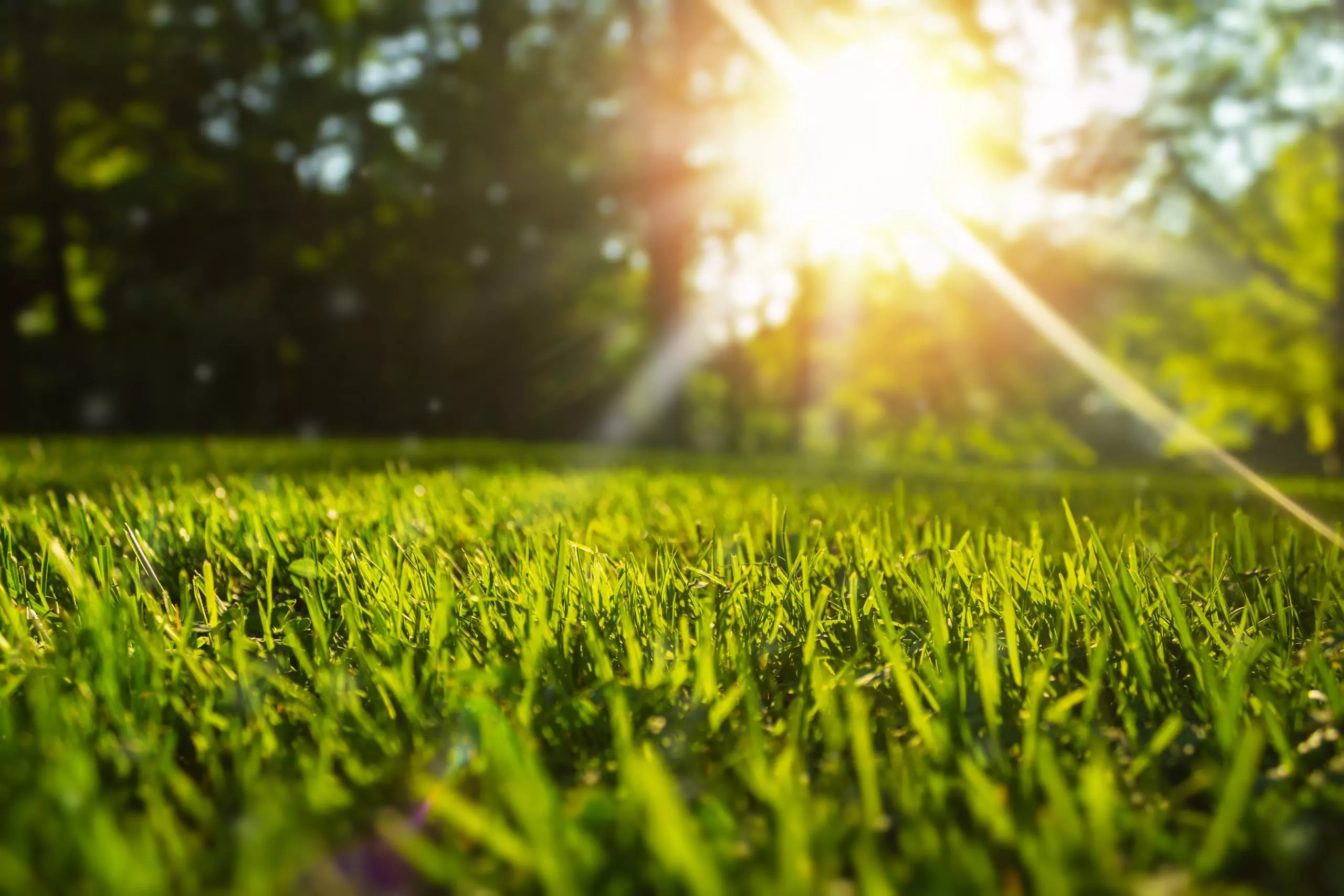
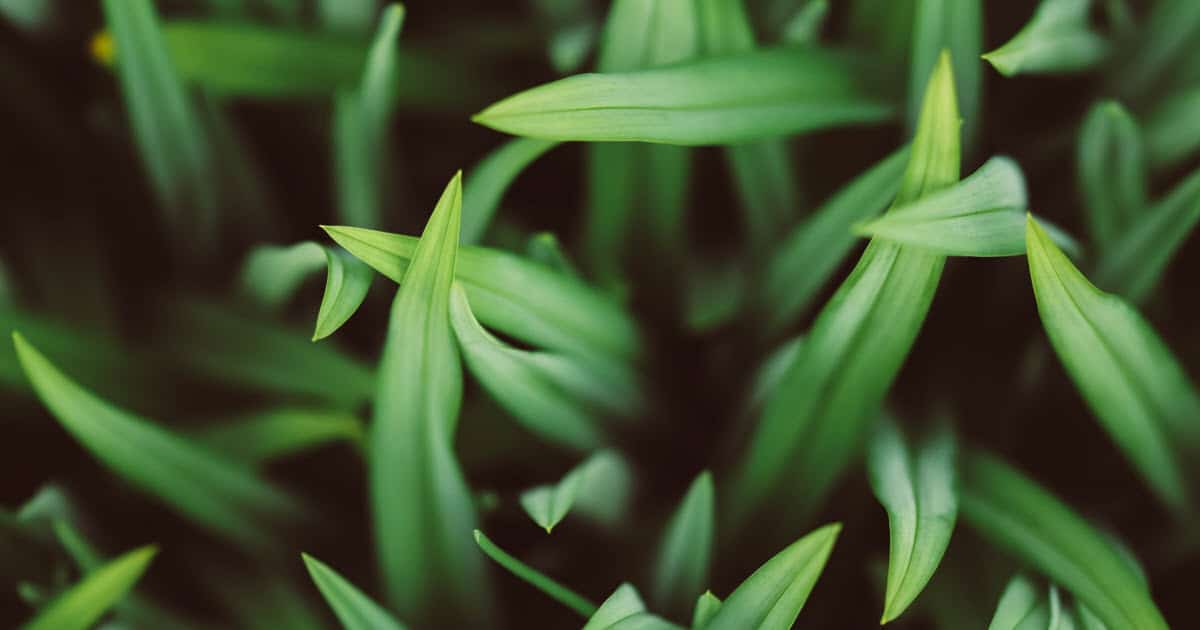
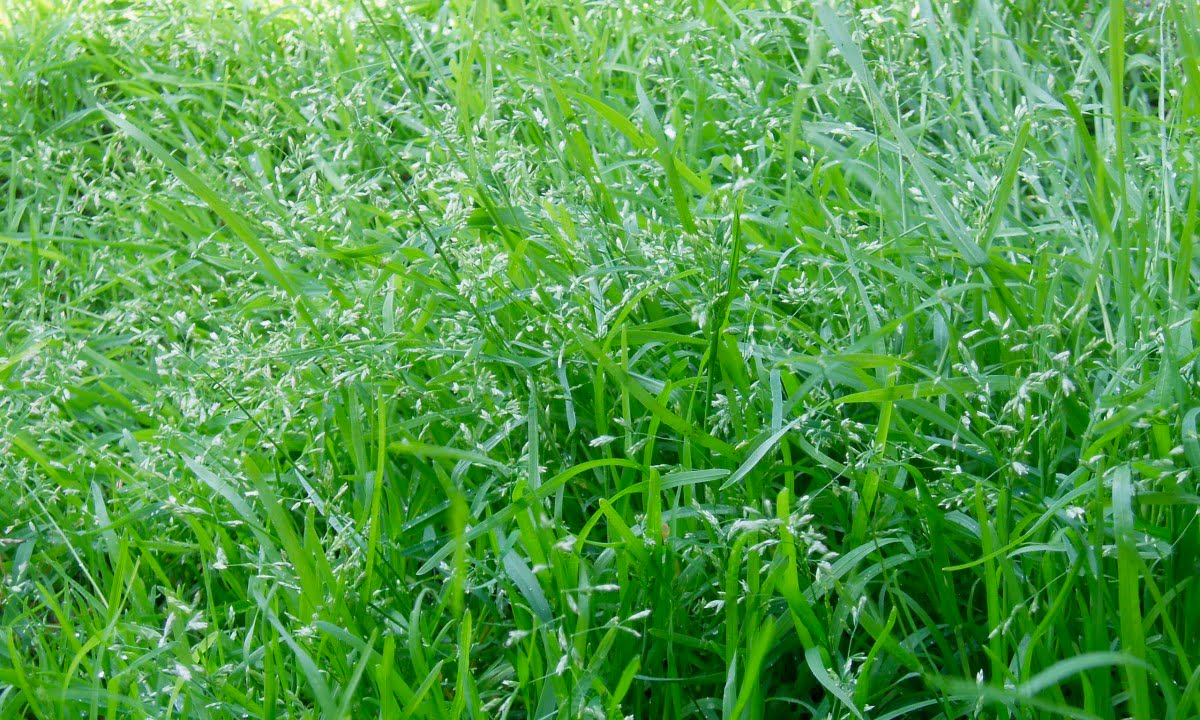
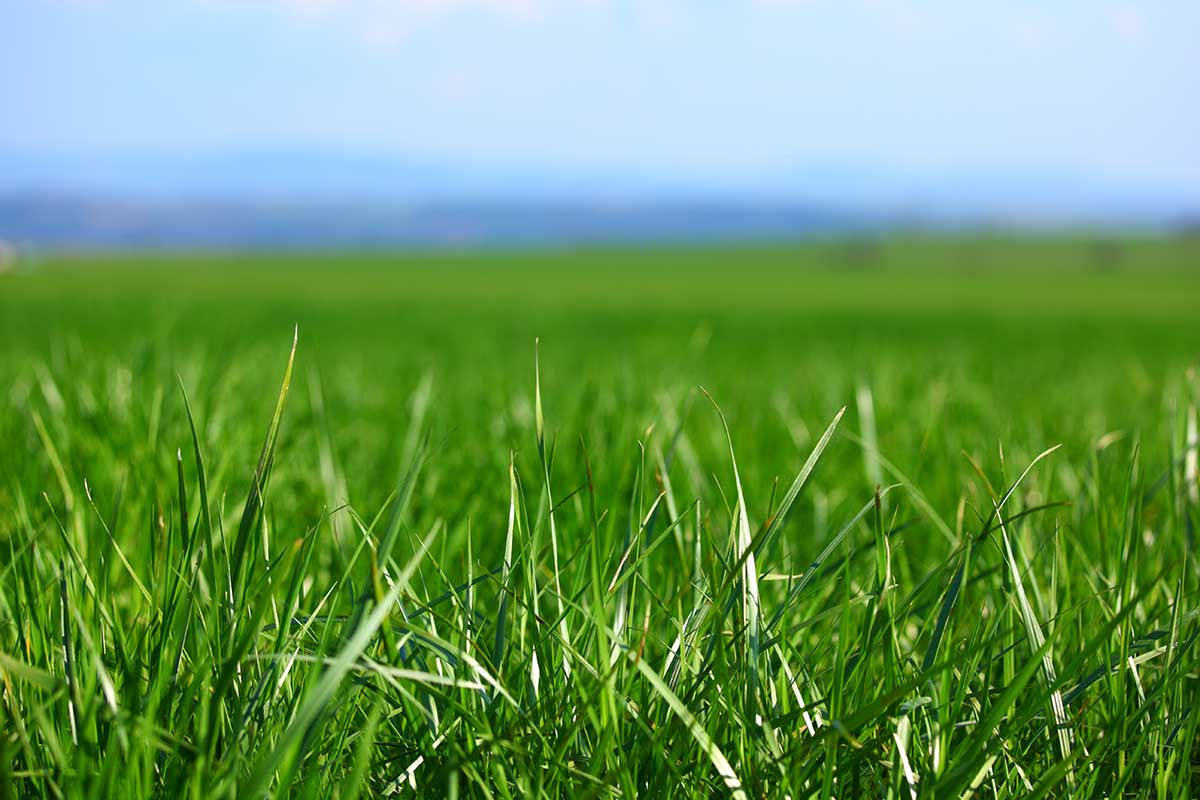
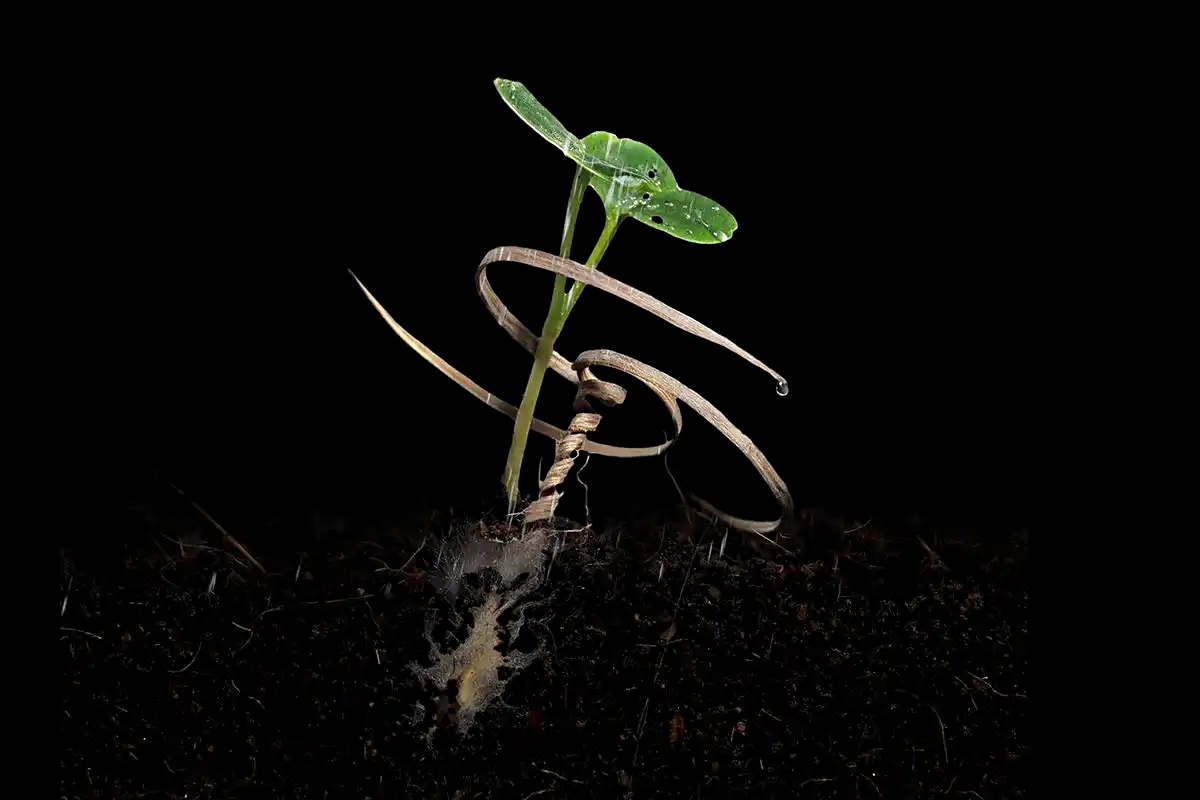

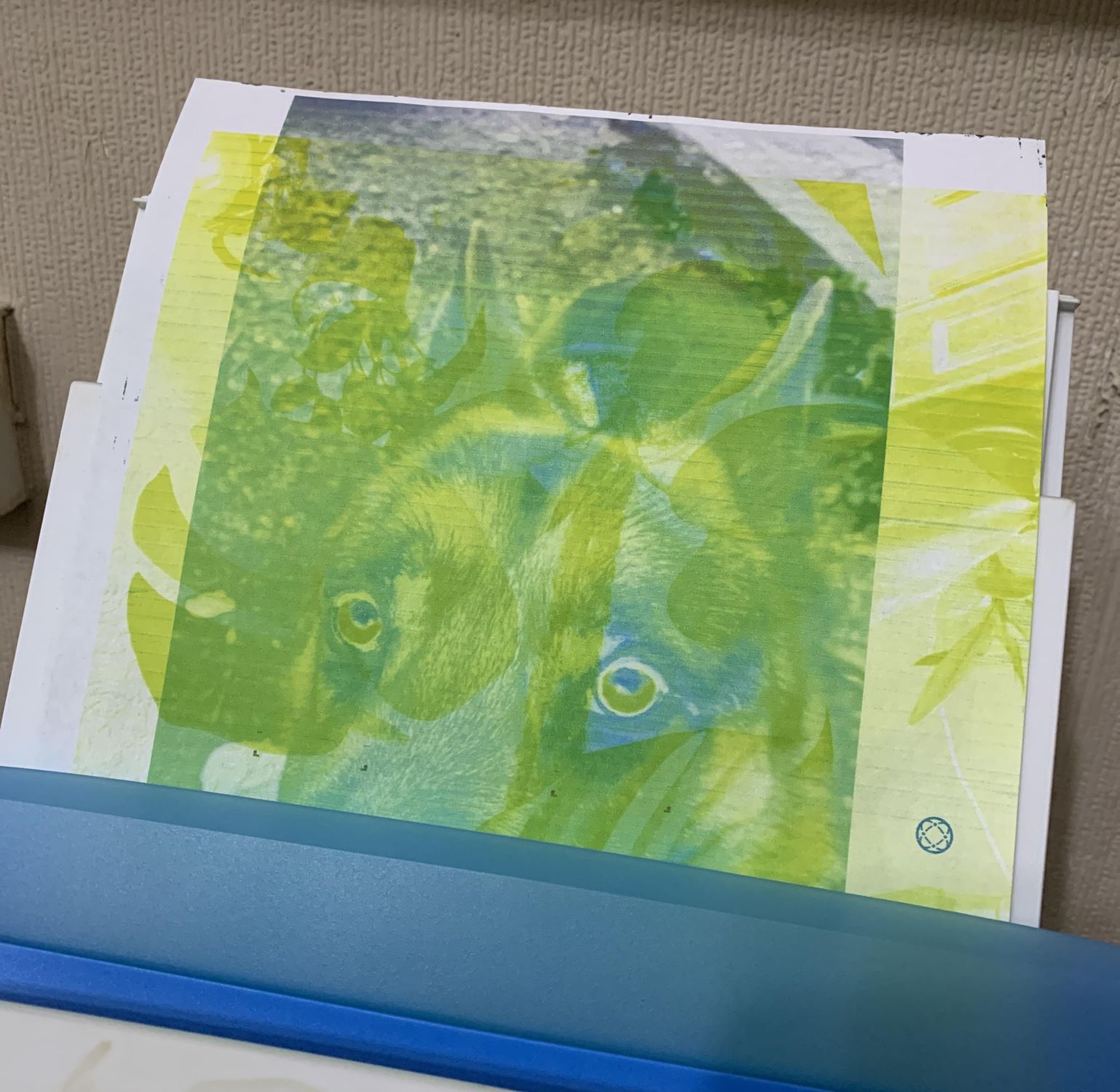
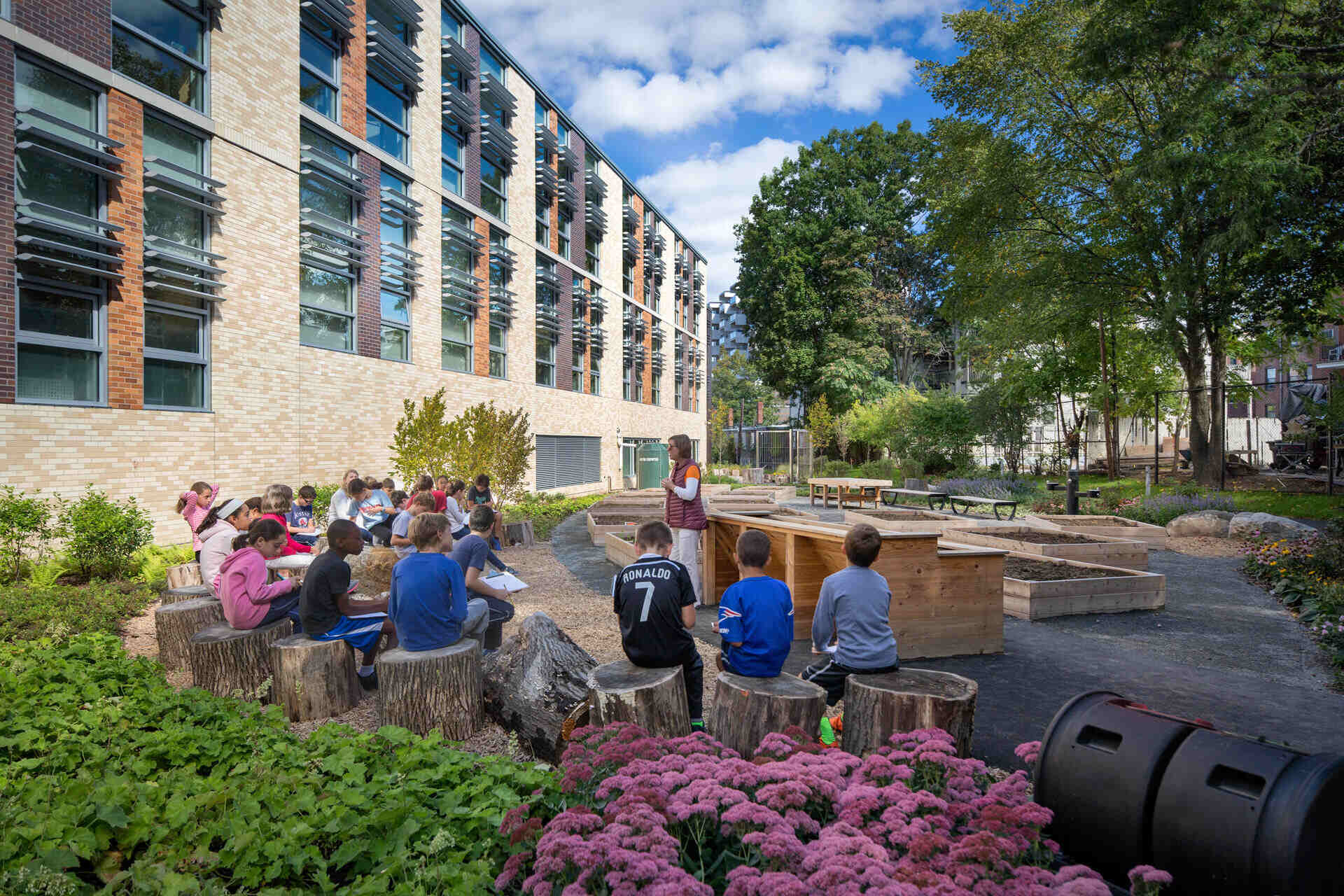
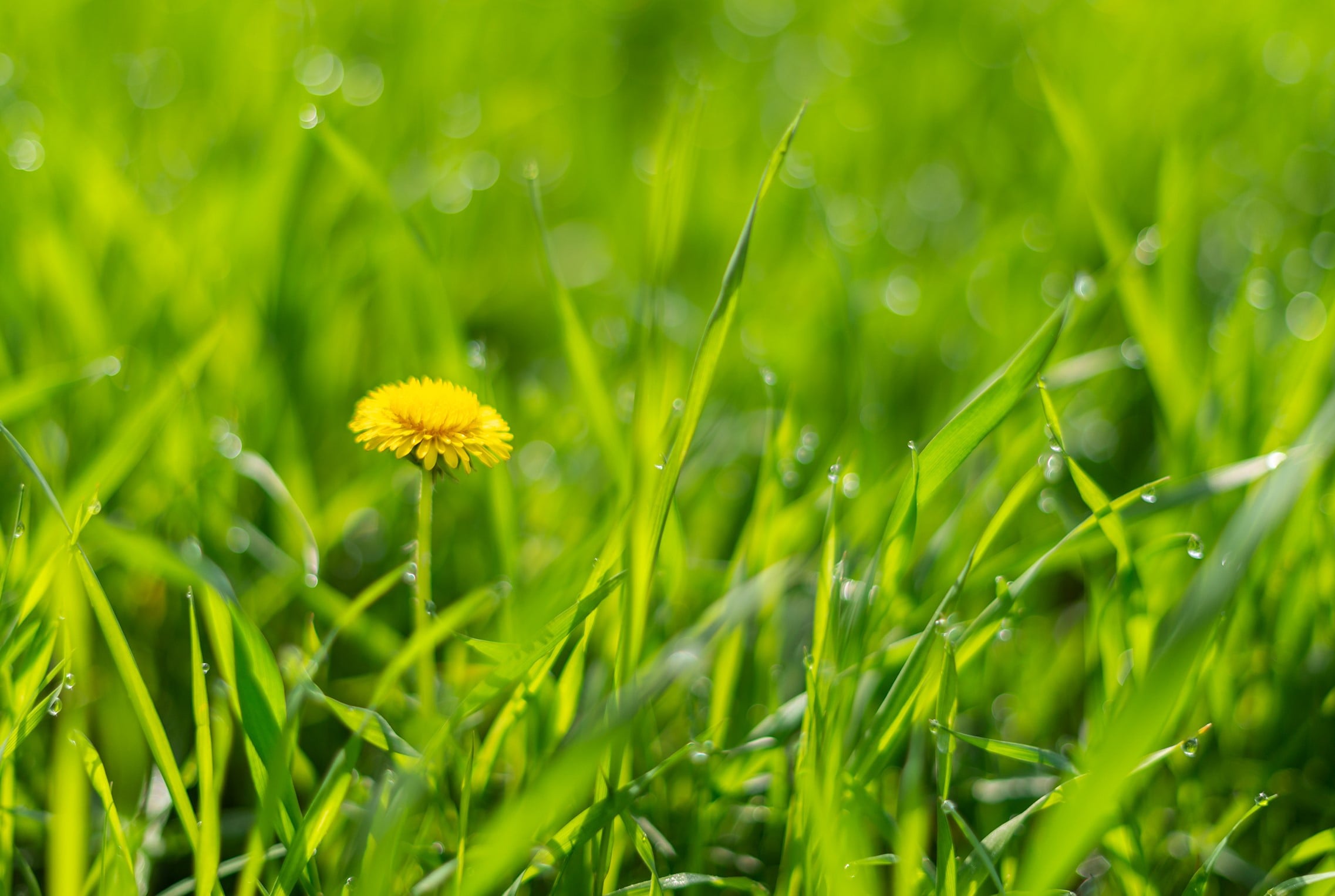
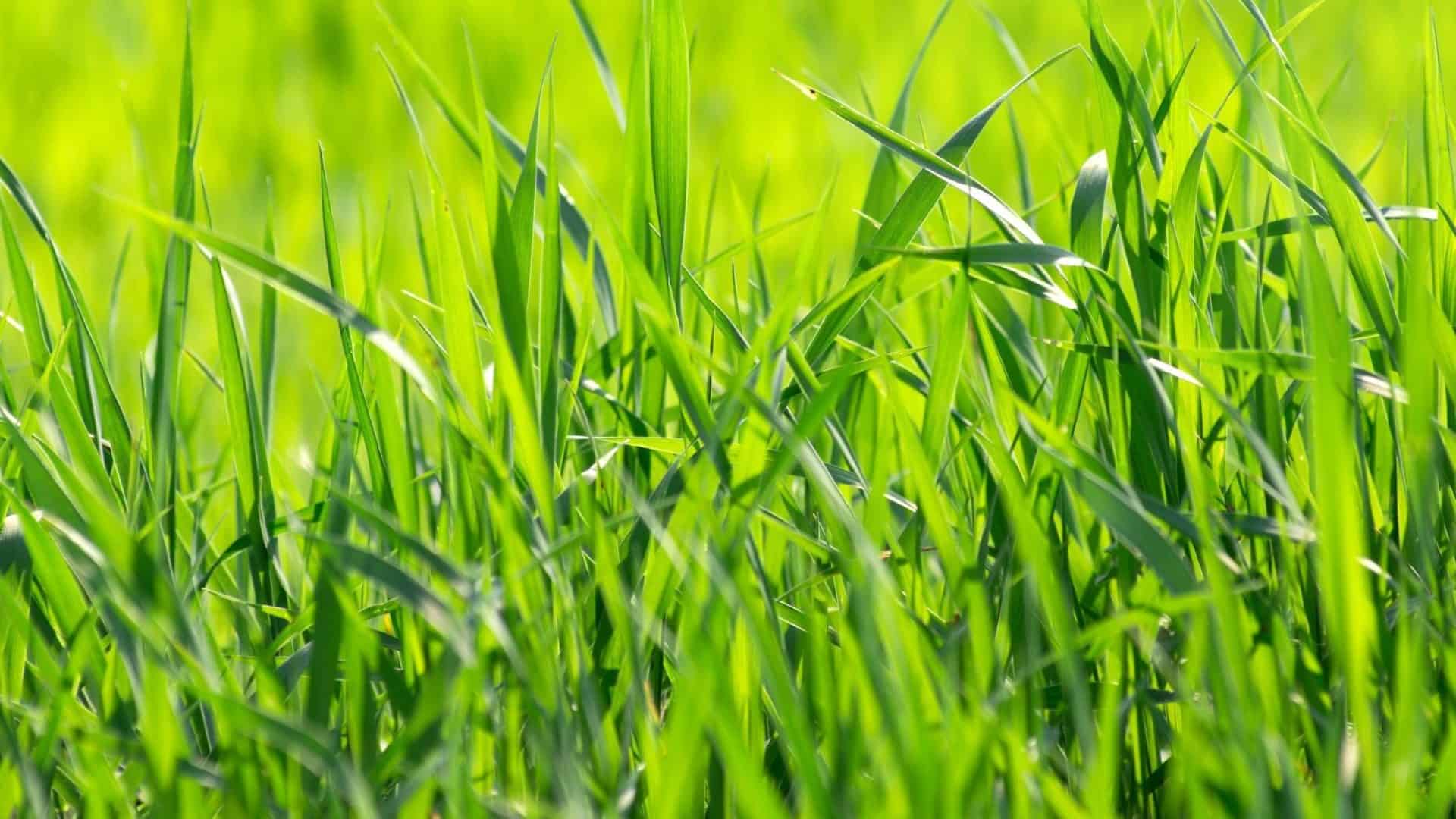
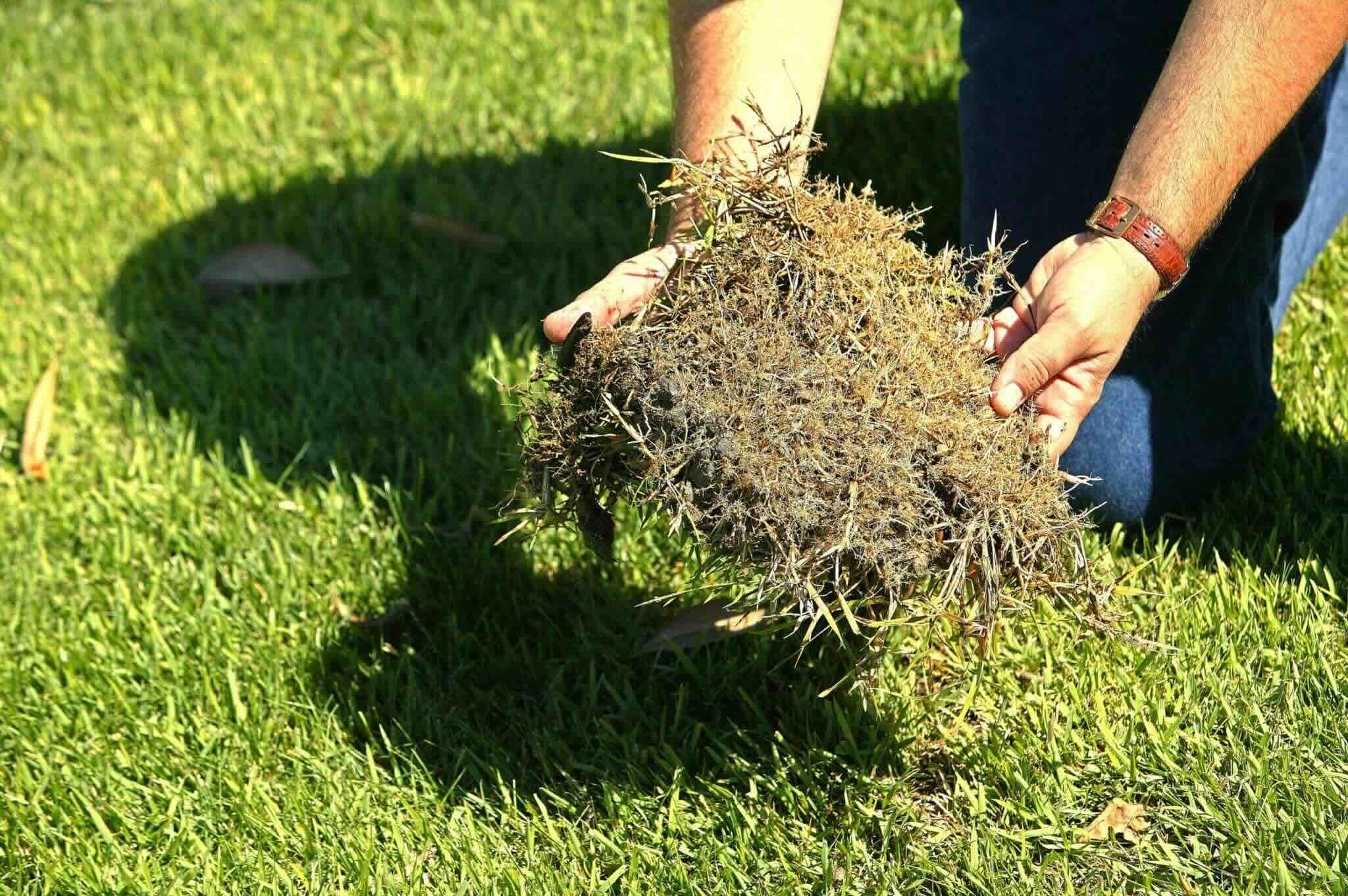




0 thoughts on “Why Is My Grass Light Green And Dark Green”